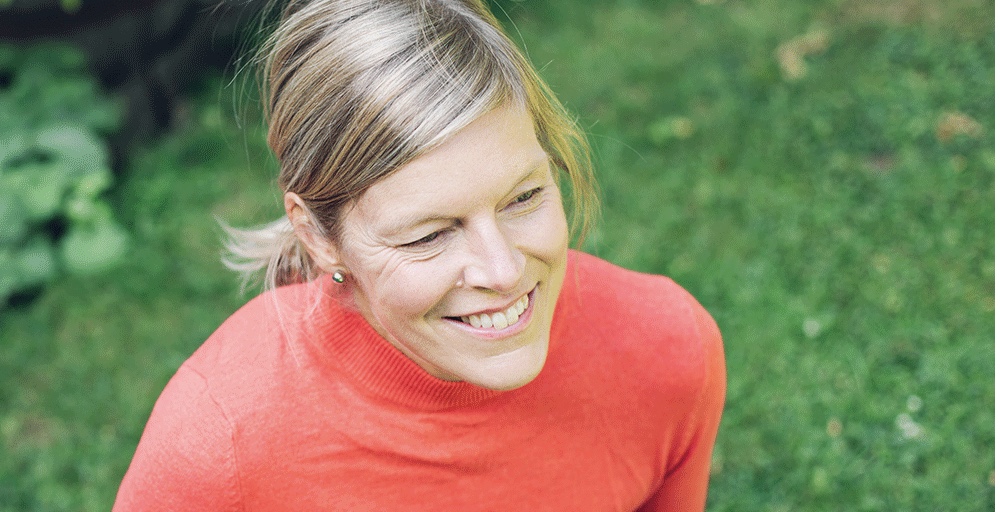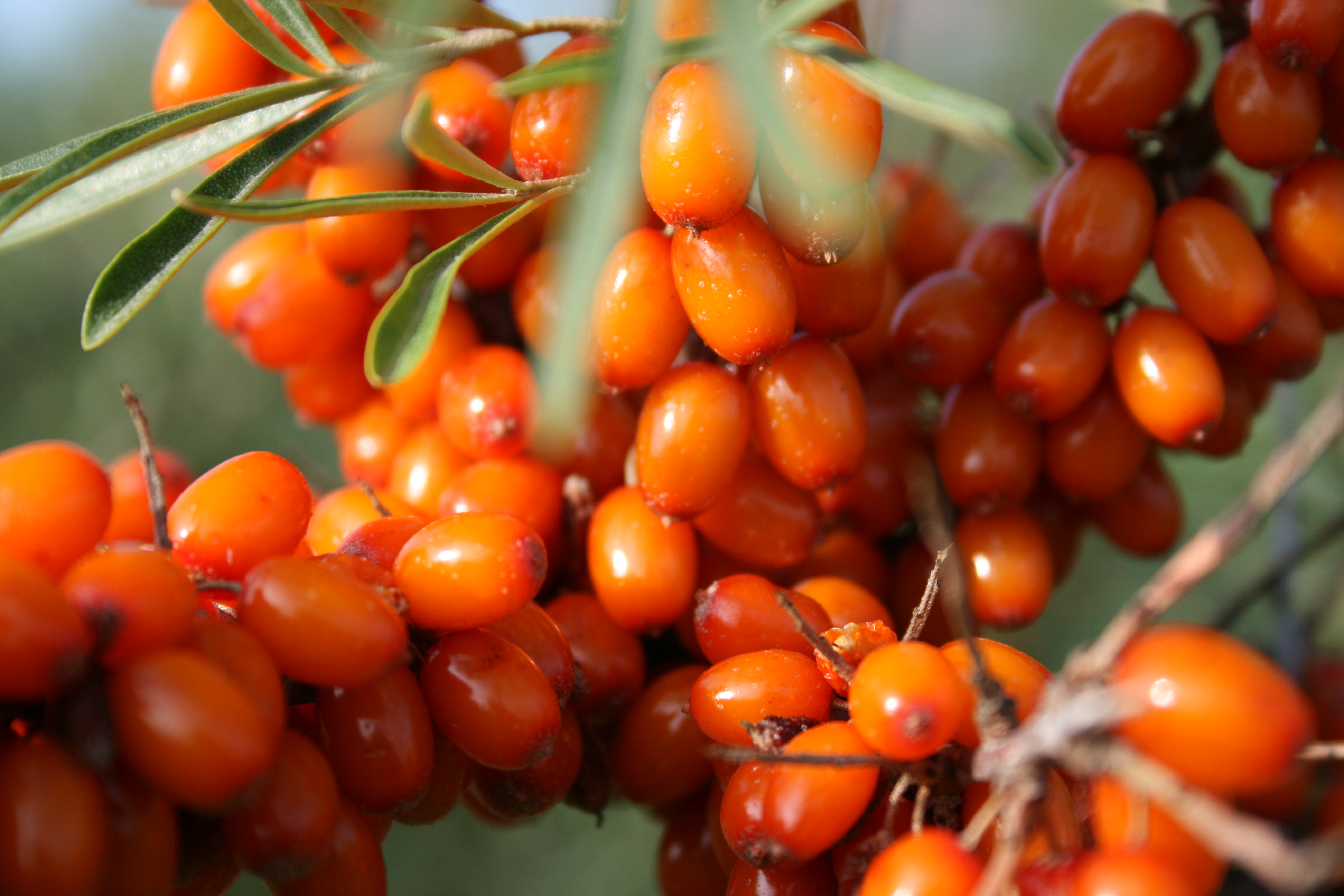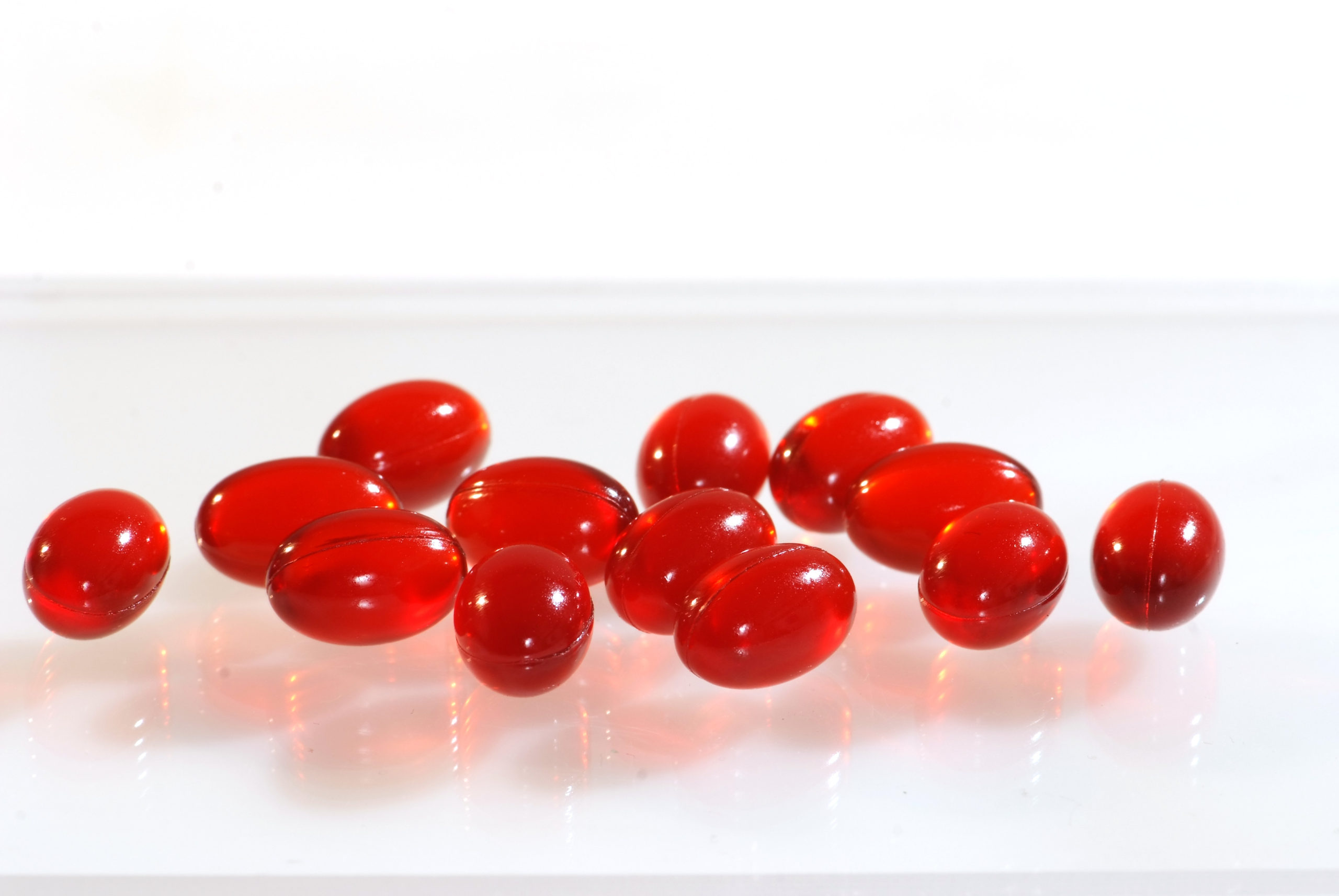
Busy, active lifestyles require nutrient-rich foods especially when combined with the stress of professional careers and demands of family life. There may be little spare time in the day to discover new natural, sustainable & functional food, planetary-health values which are becoming key in making great food choices. As a registered Nutritionist, I’m happy to be on this journey working with the British Seabuckthorn Company to share the good news on this nutrient-rich crop with all its potential health benefits, responsibly farmed in Essex!
Add these bright orange berries of happiness into your breakfast bowl, as dried berries into your nutty mix, drizzle rays of golden sea buckthorn oil over winter salads or with yoghurt as a warm porridge topper and enjoy a cup of seabuckthorn tea too!oxygen
Nutrient-rich and protecting biodiversity too…
The best food choices not only nurture human health but support the biodiversity of our ecosystems, from healthy soils to thriving flora and fauna with essential roles to play in maintaining nature as it should be. The British Seabuckthorn company nurture these principles and over the next few months we’ll be sharing with you all the need-to knows about this fabulous novel food.
The berries of sea buckthorn are a powerhouse of more than 190 nutrients, packed with antioxidants, vitamins & minerals, Omega oils, plant sterols and there’s plenty of fibre too. These nutrients all work in synergy with each other ensuring we get the maximum benefit to our health from this functional, natural food. And there’s potential for little waste in farming sea buckthorn – these nutrients are found in the berry, peel, pulp and seed – take a look here to search the different products available from different parts of the plant.
Top 5 Nutrients to talk about…
We want to share the good news on 5 sea buckthorn nutrients not only essential for every-day health and wellbeing & busy lifestyles but great for sports and longer-term health too. Stay tuned to this blog series over the coming months for further details on each.
Antioxidants
A brief bit of science! Our body is detoxifying all the time; our every-day metabolism involves each body system using Oxygen to function. This constantly produces a by-product called Reactive Oxygen Species, or ROS – toxic, unstable chemicals which have the potential to cause cell damage if not removed or detoxified. Cleverly we make our own antioxidants to do this but stress, lack of sleep, exercising muscles, pollutants, medications and many more factors often increase our demand for antioxidants. Cell damage is the start of the ageing process and the forerunner to many types of chronic disease so making sure we have plenty of antioxidants in our food is a priority! Sea buckthorn is packed with a wide range of antioxidants including flavanoids and beta carotene, a type of Vitamin A. On top of this, its exceptionally high levels of Vitamin E and C ensure we can make enough of our own antioxidants, like superoxide dismutase, great for healthy skin and hair but vital in protecting us from longer term health risks like heart disease. Sea buckthorn contains high levels of this antioxidant too – one of the reasons why it’s not only fabulous for our own health but is widely used for racehorses to counter the negative effects of strenuous racing. They develop a fabulous shiny coat too; the Greeks noticing this effect in horses grazing ancient sea buckthorn, named it Hippophae Rhamnoides, or ‘shiny horse’.
Vitamin C
When life is busy & active (with the added sleepless nights of parenting perhaps!) we use a lot of Vitamin C in our food to make antioxidants which can mean there’s less available for a strong immune system. Going into winter especially, we need a Vitamin C boost – 100g of sea buckthorn berries have 10 times the Vitamin C of an orange! Plenty of Vitamin C in our diet also ensures Iron in plants is bioavailable for us – without Vitamin C we can’t absorb plant-based Iron; unlike ‘haem’ iron from animals which is readily absorbed. A great, natural way to help protect against iron deficiency in teenage years, and beyond into pregnancy.
Omega 3
Sea buckthorn is a fabulous source of several Omegas; finding a good source of plant Omega 3, ALA, is always a winner as it’s generally low in our UK diet and we need a lot of it from plants to begin to get near the health benefits that come from the types of Omega 3 in fish, DHA and EPA. More on this in 2020…
What about Gut Health?
Don’t forget being a source of fibre, sea buckthorn helps nurture our microbiome to optimise Gut Health. These beneficial bacteria have many other longer-term benefits for our health too!

British Seabuckthorn is an exciting story of a nutrient-rich, sustainable food, and the British Seabuckthorn team are more than a little excited to share this with you! Follow us to find out more over the next few months, try our recipes and products and please fire feedback, ideas and questions our way!

